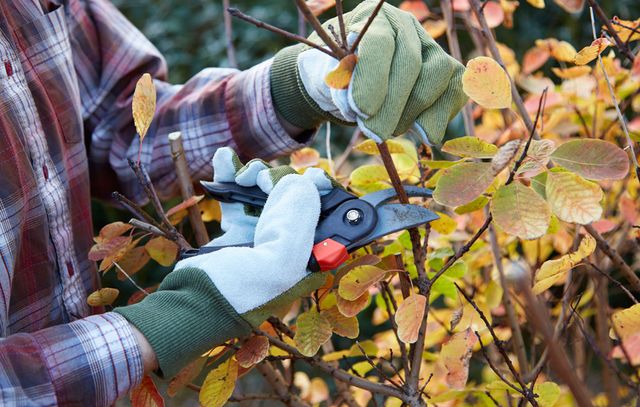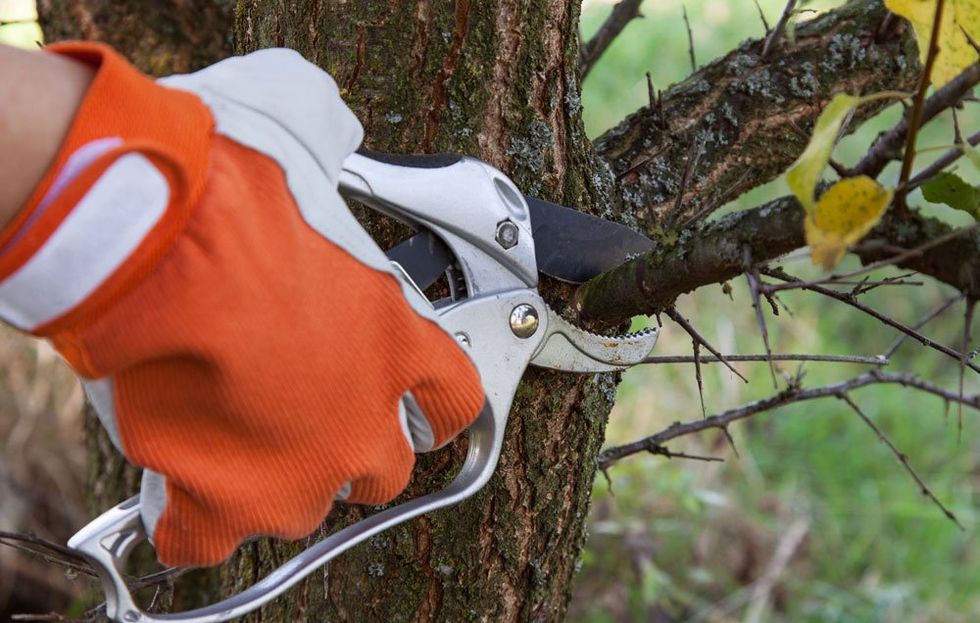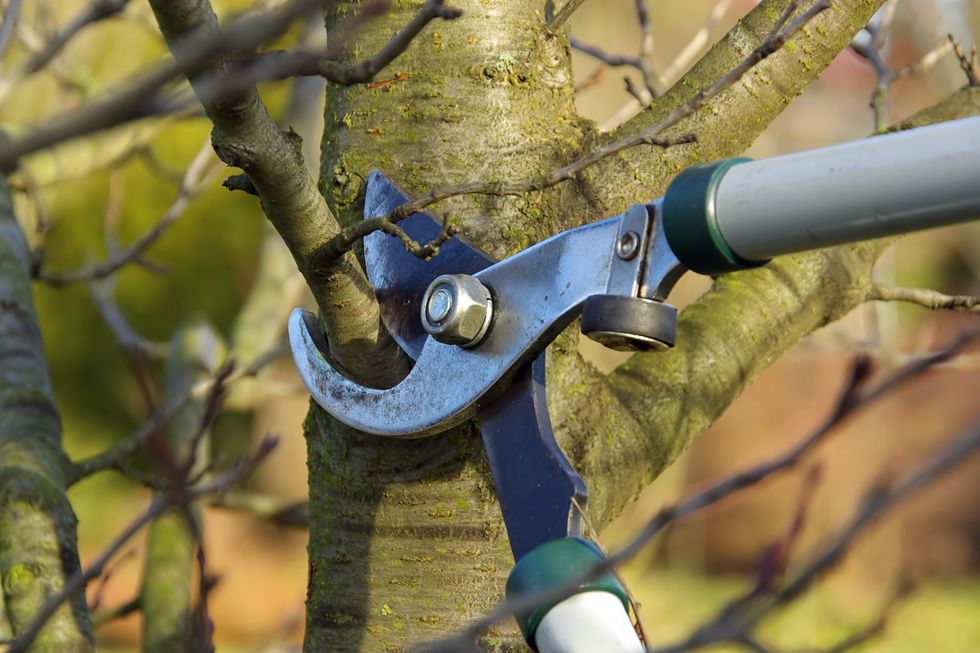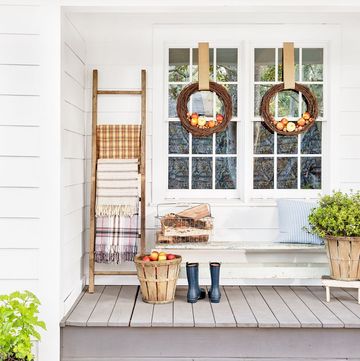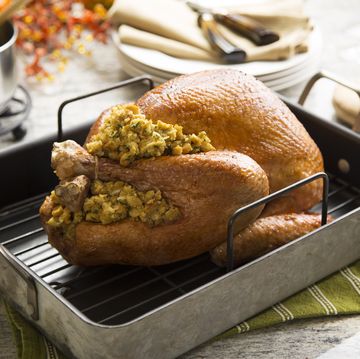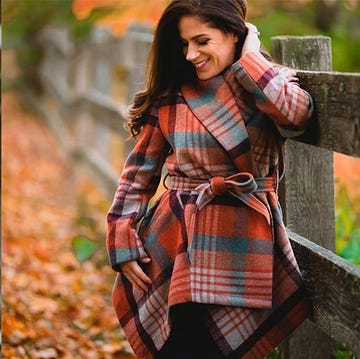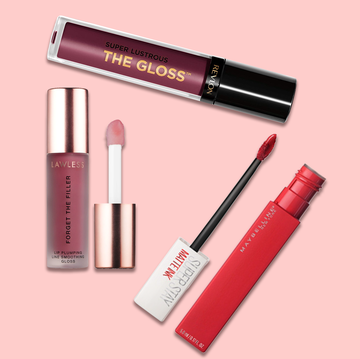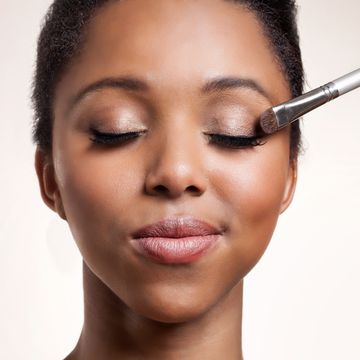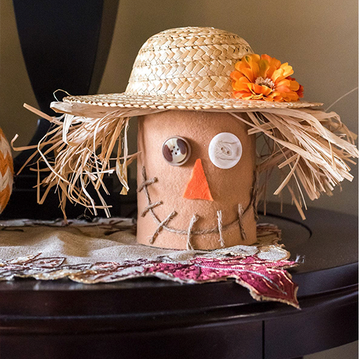There's something about this time of the year that makes people eager to start pruning. With fall garden cleanup in full swing, maybe it's all the raking and mulching that has people going bananas. But before you start hacking at your trees and bushes, take a tip from a seasoned gardening expert.
"The rules of fall pruning are simple: Prune nothing in the fall! That’s nada! Bupkiss! Zilch! Zero!" pleads emphatic gardening expert Mike McGrath, author of Mike McGrath's Book of Compost and radio host of the radio show You Bet Your Garden. That goes for shrubs and plants as well as trees, McGrath insists. "Hang little signs on your roses that say, 'Leave me alone until midwinter; or even better, spring,'" he says. "There are no exceptions! Do not prune anything now. Got it?"
Do you feel like you just got scolded by a third-grade teacher? Let it serve as a reminder that fall is not the right time to trim trees and shrubs, even though the fallen leaves have exposed all their imperfections. That's right, put your pruning shears back in the shed for at least a month or so. Here are some pruning basics, to be used when it's a safer time to trim back trees and shrubs:
Why Fall Is the Worst Time for Pruning
"As I try to stress every year at this time, pruning them now stimulates new growth just when the plants are trying to go dormant, and this severely weakens the plants," says McGrath. "Plus, if you prune on a warm day, sap rises up into the plant. Then, it drops below freezing that night, and boom — not a pretty sight."
Instead, prune in the dead of winter or in early spring, he suggests. That's if you can't stop yourself. "Spring bloomers can get a haircut right after they finish flowering. But get over this pruning obsession — few plants other than fruit trees actually require it, and most gardeners do too much, not too little," McGrath contends.
Still, proper pruning of overgrown flowering shrubs or fruit trees near your house will help the plants produce more flowers and fruit, which can also benefit wildlife. Doing it wisely can also help trees and shrubs give diseases and pests the cold shoulder. Just remember … don't do it in the fall!
Waiting until winter means that most woody plants are dormant, and because leaves have already fallen, it makes it easier for you to see what you're doing. For early spring bloomers (like lilacs and spireas) that only need light pruning, prune them just after they finish blooming. For very overgrown deciduous shrubs, winter pruning is probably best.
Never Prune When It's Wet
As a general rule of thumb, don't prune when it's damp outside. "Absolutely, do not prune if it's wet out, it spreads a lot of diseases," explains horticulturist April Johnson, landscape coordinator at the Rodale Institute. Damp weather encourages the growth of microbes that will make the most of the damage your pruning does. "Wait until the sun's out for a little while; it dries out and kills mold and bacteria," she says.
Know How to Hack
Pruning can allow more sunlight and air to filter through the trees and shrubs, which can help keep them healthy. When it's time to prune, focus first on removing dead or dying branches. If you see a sickly branch, cut between the diseased spot and the body of the plant. Johnson also recommends pruning when branches rub or cross each other (cut the smaller branch off), or if a branch is growing vertically. You can also take off really low branches that could interfere with foot traffic or lawnmowers.
Cut the branch as close to the source as you can. "I prefer to prune back to the main stem," says Johnson. "If you leave a stub sticking out, it's an area for bacteria and insects to harbor." And make sure you cut at the same angle as the branch collar — the furrow of bark where branch and trunk meet. If you’ve done it right, a circle of healthy callus will eventually swell around the spot.
Know What to Hack
There is a long list of trees and shrubs that you can prune from winter until the sap starts flowing again in spring. Some of them include: glossy abelia, beauty berries, hydrangeas, Bradford and Callery pears, crabapples, poplar, spruce, junipers, sumacs, cherries, and plums. However, because some trees can ooze sap when pruned in the winter, you're better off waiting until the summer to prune maples, birches, dogwoods, walnuts, and elm trees.
Keep Tools Clean
No matter what type of pruning tools you decide to use, make sure you keep them clean. If you've cut out diseased branches, make sure you clean the tools thoroughly before moving on to another tree, to avoid spreading disease. Johnson says you can disinfect the tools by using just a teaspoon or two of bleach in warm water. Hot, soapy water also kills most germs. Remember to dry tools well after washing, too.
And if you can't trim from the ground using pole pruners, or if there's any pruning to be done near power lines, make sure you hire a professional instead of climbing high and taking on the dangerous task yourself.

Leah Zerbe is an online editor for Rodale News, where she covers the food system and environmental health issues. Prior to working at Rodale, she worked for NBCPhiladelphia.com and the Philadelphia Daily News. She and her husband run Potter's Farm, a sustainable farm in Pennsylvania.
